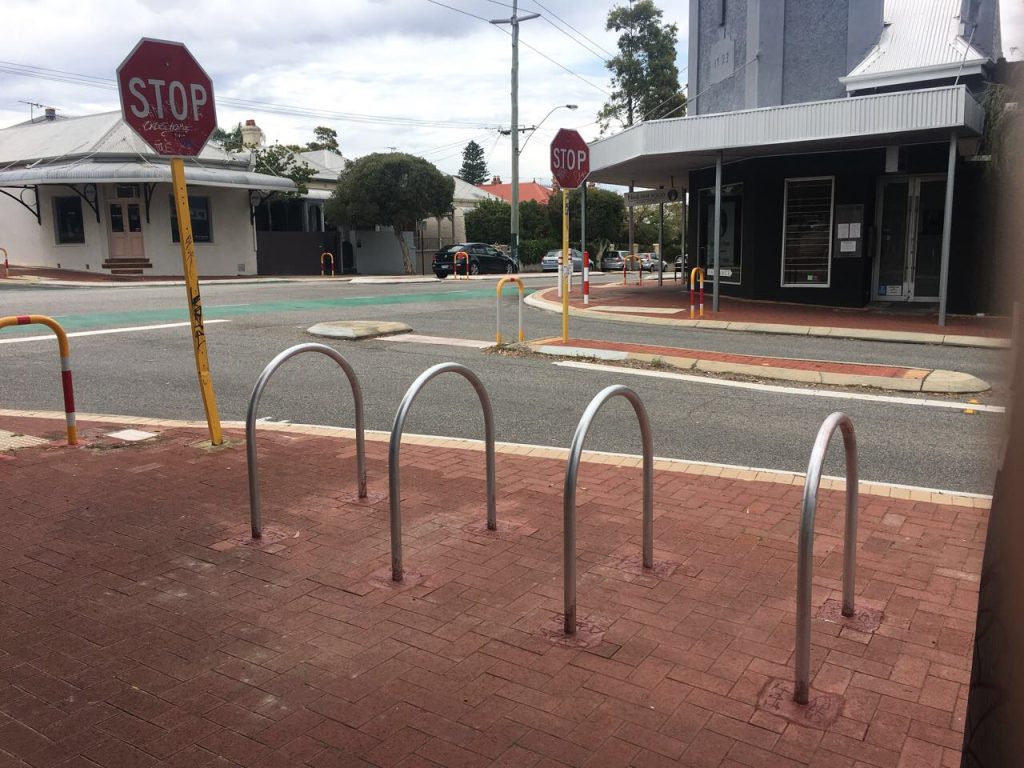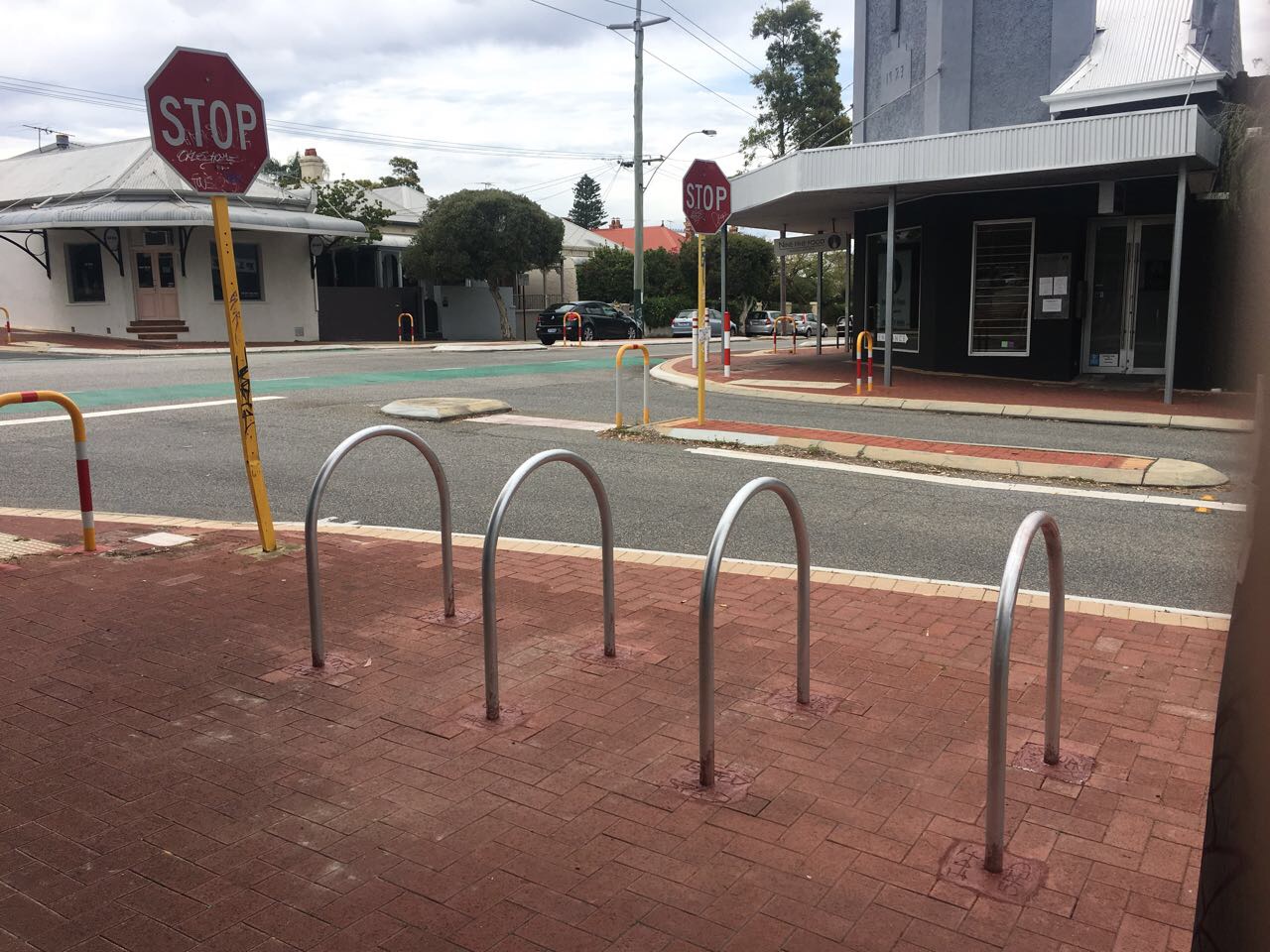3 Critical Elements for Installing Bike Racks
Bike racks are becoming more noticeable every day to provide safe parking for cyclists. More people riding bikes is great for the environment, but there needs to be an appropriate infrastructure in place to support it. Many businesses are installing bike racks to attract new customers and give something back to the community. However, there are some simple requirements that need to be met before you go ahead. Here are three critical elements to a successful bike rack installation.

Recognising a Bad Bike Rack Installation
We often learn most from previous mistakes, and this is equally true with bike racks. If you’re a cyclist, you may already have experienced some of the following issues, and non-cyclists will have to use their imaginations.
1. A bike rack too close to a road so a car could hit a cyclist while parking.
2. Bikes crammed in so close together that damage is caused.
3. Bike racks under trees so the bikes get covered in bird droppings.
4. A bike rack that is so close to a wall that the cyclist cannot get a bike lock into position.
5. A bike rack located on a slope making parking very difficult.
These are just five common examples, there are many more, but space prohibits going into more detail. Suffice to say that we can learn a lot from looking at other bad and good bike racks installations. Talking to cyclists can reveal a great deal about what works and what doesn’t for bike parking.
The Spacing Needs to be Correct
A cycle can represent a significant investment, and if it cannot be parked safely, cyclists will not use the bike rack. There has to be adequate room for the bike and to get around the bike for locking purposes. An average road bike will have a footprint of 150cm x 60cm so this a great starting point to work with. However, it’s worth mentioning that many bikes will have panniers or other attachments that could increase the footprint significantly. If the bike is equipped with an attached trailer, the footprint length could extend up to 300cm. It’s essential to avoid a clash of pedals and handlebars; these are the parts that stick out the most. This can be achieved by slightly staggering a 2nd bike to the front or rear of the 1st parked bike. It’s recommended that you have a space of 100cm or even 120cm between bike rack bays. Using these measurements will help you to work out how many bike racks you can accommodate in the available space.
Make the Bike Rack Easy to Spot
If you’re going to the trouble and expense of installing a bike rack, it makes sense to make it visible. Use appropriate signage and bright reflective colours so that it’s easily recognisable for cyclists to use. If possible, site the bike rack near an entrance or in an area where this is light foot traffic. This will help to deter bike thieves that may be operating in the area.
If they are looking for bike racks in Perth based property managers and business owners should contact us here at Image Extra for expert advice.

